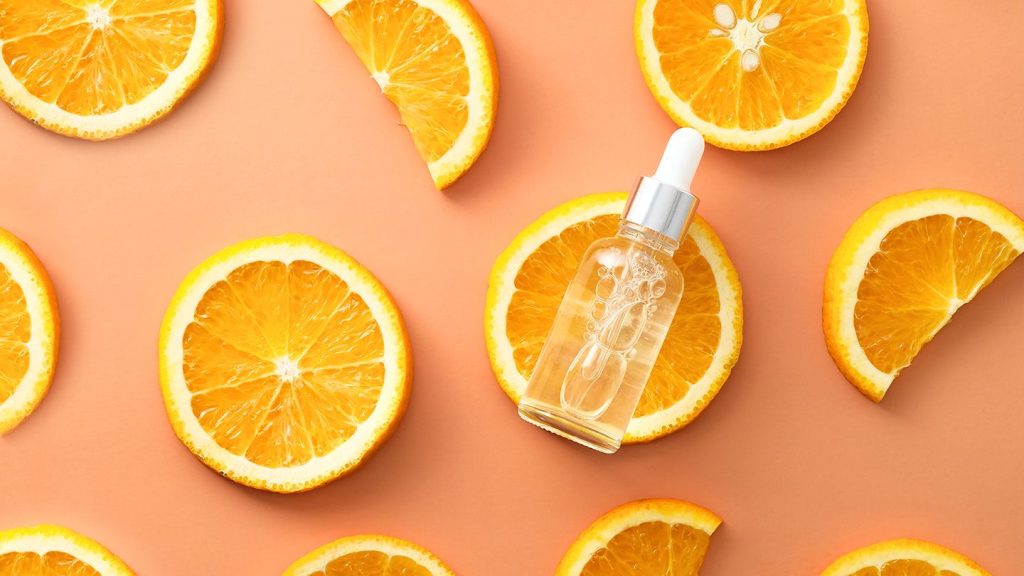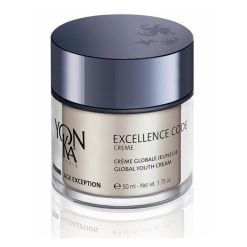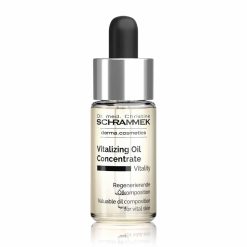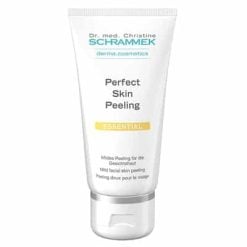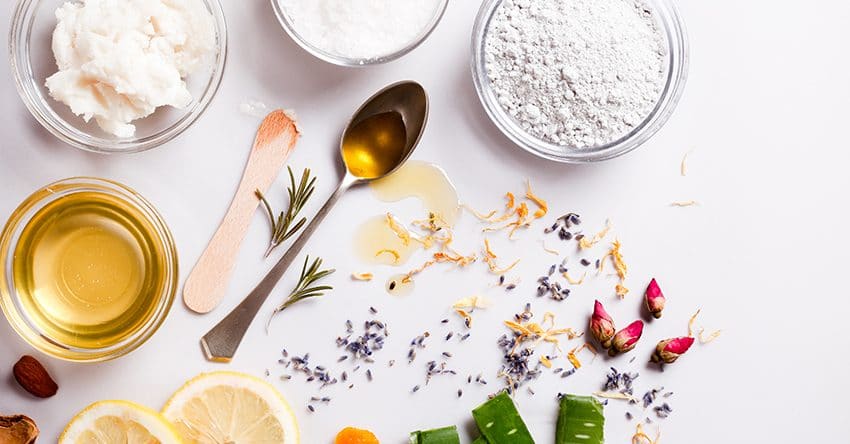Though organic-based skin care can often be associated with quick results like reducing fine lines, wrinkles, increasing elasticity, and decreasing discoloration, it is also known for having uncomfortable side effects. As treatments for various skin conditions, chemical actives such as retinol and hydroquinone continue to gain popularity in the skin-care industry. However, side effects such as redness, peeling and increased UV-ray sensitivity can be experienced. How can you help your clients get more skin care benefits with no side effects? You might find the answer in your clients’ garden, fridge or kitchen cupboard. There are many superfoods in nature that can provide benefits to multiple skin conditions. They have minimal side effects and require little downtime. These five superfoods are skin-saving and miraculous. Let’s find out how they treat your skin.
1. Blueberries
Because of their high level of potent antioxidants, blueberries are often referred to as a healthy ingredient for skin. Anthocyanins are a pigment that gives blueberries their deep blue color. They also act as powerful antioxidants. This helps to reduce the signs of aging and inflammation, as well protect from sun damage. Anthocyanins are also known to protect against pollution and stress, and support collagen production. Blueberries have an ORAC (or high oxygen radical absorbance capacity) that is used to determine the antioxidant content of different foods. Blueberries have a high ORAC score which means that they are capable of neutralizing large amounts of free radicals. Free radicals can damage skin cells and cause skin to lose its radiant glow, just as rust does. Antioxidants can also help maintain hydration levels and reduce inflammation by neutralizing free radicals.
Internally, eating blueberries can improve circulation and heart health, which are key steps in healthy skin. These nutrients and oxygen are essential for the skin to repair and heal from environmental stressors. Blueberries, when included in a person’s diet can provide the necessary tools to support the body’s recovery and repair of damage. Blueberries are rich in nutrients that can help reduce skin inflammation such as eczema or psoriasis. I recommend including both blueberry-formulated and actual blueberry skin care products in your routine to treat issues like redness, wrinkles, dry skin, and inflammation.
2. Cucumbers
Cucumbers are a magical ingredient that work wonders both internally and topically. Cucumbers are 96% water, meaning that they’re not only incredibly hydrating but are also well suited for all skin types, especially sensitive, blemish-prone skin. When ingested, the high concentration of vitamin C, fiber and folic acid in cucumber support gut health by reducing inflammation. Cucumbers are also a natural diuretic that helps the body eliminate excess fluid. They are also a good source of silica, which aids in the growth and maintenance of connective tissue in the body.
These benefits also extend topically. We all know the age-old trick of applying a few slices of cucumbers to tired eyes when they need a little TLC. Well, there is a reason that this go-to hack has been trusted for generations. The cooling and soothing properties of cucumber calm the skin and reduce puffiness around the eyes, as well as soothe swelling and irritation related to blemishes and sensitized skin. Cucumber juice is also incredibly nourishing and can be used as a toner to balance oiliness, and tighten and reduce pore size due to its mildly astringent properties. Cucumber juice can also be used to soothe sunburns or irritation, and its cooling and anti-inflammatory properties can ease redness, pain and even dryness.
3. Bamboo
In addition to enjoying bamboo shoots in your favorite Asian, African and Latin American dishes, you may have started to notice bamboo in new and emerging skin care trends, and for good reason! Like the cucumber, the bamboo plant contains a high amount of natural silica, particularly in the leaves, and is packed with healing and regenerative ingredients like fiber, minerals and proteins that work wonders for the skin.Display footnote number:6 As we age, our bodies begin to produce less silica naturally, which can cause the skin to sag and fine lines to appear. Incorporating silica-rich ingredients like bamboo can help achieve youthful, glowing skin for anyone concerned with collagen loss and premature aging, as the potent mixture of fiber, minerals and protein can address this need. Additionally, bamboo naturally contains amino acids, flavonoids, and antioxidants that can shield the skin from damage caused by harmful UV rays, fighting the free radicals and inflammation triggered by UV rays that accelerate the skin’s aging.
These inherent nutrients in bamboo also strengthen the skin’s barrier, meaning bamboo is not only great for aging skin, but also for sensitive, dry and dehydrated skin. Clients dealing with sensitivity, dryness and dehydration often suffer from a damaged moisture barrier, and bamboo extract can help restore this barrier, and as a result, produce better hydrated, protected skin.
Bamboo extract and water also offer advanced hydration and skin plumping properties. Bamboo can help our skin create glycosaminoglycans (GAGs), which are large molecules that naturally exist on the dermis of the skin, and when at their optimal levels, prevent moisture loss. Incorporating this ingredient into your client’s routine will offer long-lasting hydration and supple-looking skin. The vitamins and minerals naturally occurring in bamboo also provide soothing and calming benefits for the skin and can be used to treat skin conditions like eczema and psoriasis.
4. Algae
Though algae may not typically be thought of as a food, many species are indeed edible and consumed by various cultures around the globe. Known as the superfood of the sea, algae are also a superfood for your skin! From high nutrition content to ultra-hydration and antioxidant delivery, people are buzzing about the benefits of algae on the skin. Some of the most talked about and popular algae include blue-green, brown and red algae varieties. These marine flowers are found in every environment on the planet, including marine intertidal zones, hot springs, and even within ice and snow.Display footnote number:8 Let’s look at the different types of algae and how they benefit the skin.
Red Algae Extract. This dark red marine flower is rich in antioxidant pigments which help protect the skin from harmful environmental stressors. It also contains vitamins and minerals that improve the visible signs of aging.
Brown Algae Extract. This algae has a high water-holding capacity and helps rehydrate parched skin to reveal firmer and more supple skin.
Blue-green Algae Extract. This algae is a natural retinoid alternative, rich in amino acids, that reduces the visible signs of aging and provides high levels of antioxidants to protect the skin.
Like land-based superfoods, blue-green and red algae are vibrant in color and contain antioxidant pigments that naturally protect the skin. These compounds boost the skin’s defenses against a variety of environmental stressors like UV damage, dryness and irritation.
Besides acting as antioxidant powerhouses, algae also contain high concentrations of nutrients and amino acids. The intense dose of nutrition and protein building blocks replenish the skin and deliver superior hydrating benefits.
5. Succulent Plants
Succulent plants like aloe vera, stone crop and prickly pear have been used for centuries to treat various skin concerns, and the benefits of these plants can be seen when applied topically or enjoyed in smoothies, salads or in their raw form. These plants offer a host of skin rescuing benefits and are widely popular because they are safe to use on all skin types. Throughout Hungary, the stone crop plant is used as a signature beneficial ingredient and beloved natural scent source.
Succulents are terrific for treating and healing dry skin, as these plants retain large amounts of water in the dry environments where they grow. These plants offer deeply effective yet lightweight hydration, so those with oily and acne-prone skin can feel confident using these ingredients without worry. Not only are succulents hydrating, but they also improve signs of aging by targeting hyperpigmentation and wrinkles. Succulents are a natural way of brightening hyperpigmentation in the skin by inhibiting the activity of tyrosinase, or the enzyme responsible for melanin production. When tyrosinase is overproduced, which can be triggered by UV exposure, injury, and hormonal fluctuations, hyperpigmentation occurs. Use of this botanical over time lowers excess tyrosinase production and minimizes the look of any discoloration, contributing to a more even-looking complexion. Succulents are also rich in alpha hydroxy acids and antioxidants like anthocyanins and quercetin, which neutralize free radicals that cause oxidative damage to the skin. Over time, oxidative damage contributes to premature aging in the skin, and by minimizing this potential damage through antioxidants, the emergence of fine lines and wrinkles are delayed, helping to maintain the skin’s youthful appearance.
Conclusion
The beauty of nature is that it has a wide range of botanical ingredients, such as the five mentioned in this article. These botanical ingredients can improve many skin conditions, including dryness and aging as well as inflammation and sensitivity related to acne and sensitivity. Instead of focusing on chemically-rich products for skin care, we can educate our clients about the benefits and efficacy of superfoods. You are what you eat “…, and drink ….. This has never been truer. Skin care products that contain these superfoods can be used to achieve radiant, healthy skin.

